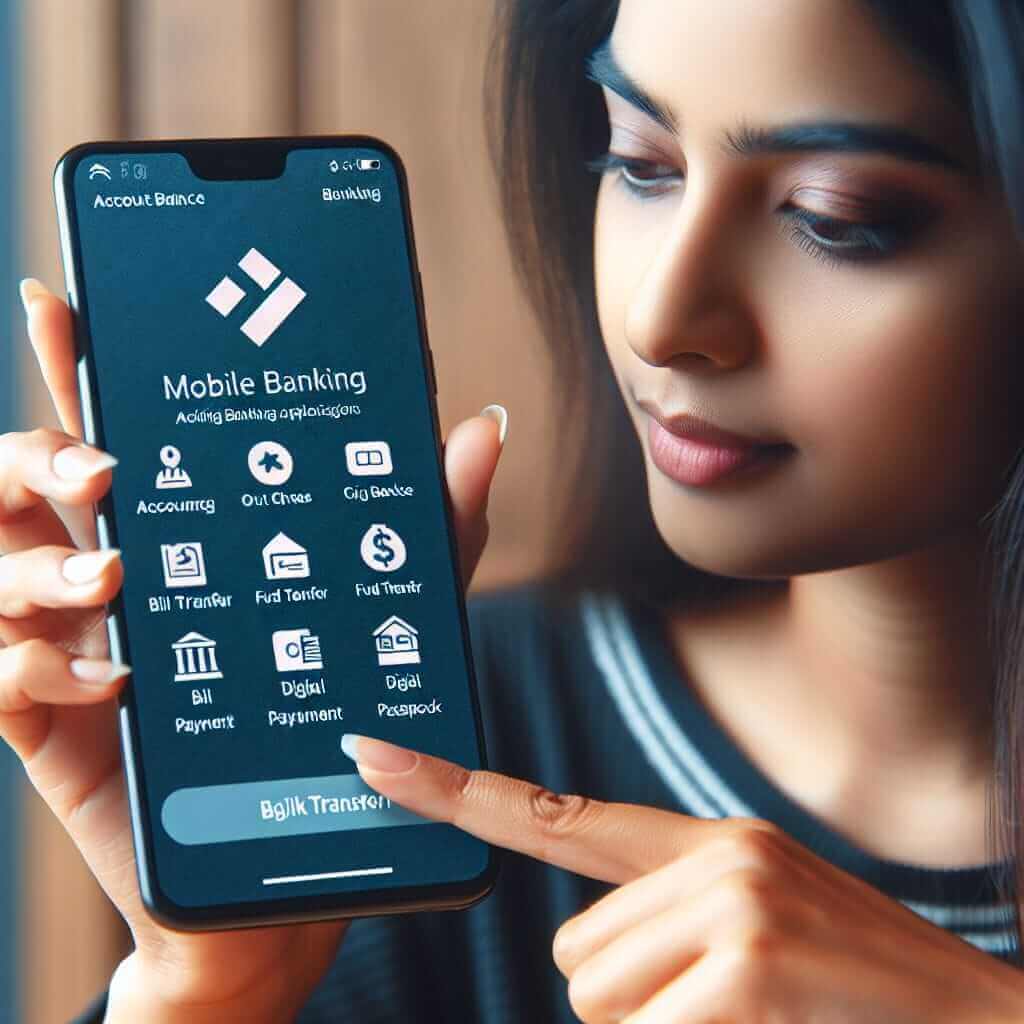In recent years, the concept of digital-only banking has gained significant traction. This trend is evident not only in the financial sector but also in the context of IELTS Reading exams, where contemporary and relevant topics are frequently featured. As an IELTS candidate, it’s essential to familiarize yourself with such themes, as understanding these can be beneficial for improving your reading comprehension skills.
This article provides an in-depth analysis of digital-only banking’s societal impacts, structured to emulate an IELTS Reading test. We aim to simulate the conditions and challenges you might face in the actual exam.
Practice Reading Passage on Digital-Only Banking
Digital-Only Banking and Its Social Impacts
Digital-only banking, also known as neobanking, refers to banks that operate exclusively online without any physical branches. With the rapid advancement of technology, digital-only banks have emerged as a disruptive force in the banking industry. This movement towards a more digital banking experience has brought about significant social impacts, both positive and negative.

Pros of Digital-Only Banking
One of the primary benefits is enhanced accessibility. Digital-only banks can offer their services to a broader audience, including individuals in remote areas where traditional banks might not have a presence. This accessibility is particularly beneficial in developing countries, where banking infrastructure is often lacking. Moreover, the convenience of banking from anywhere and at any time cannot be overstated. Customers no longer need to visit branches, wait in lines, or deal with limited banking hours.
Additionally, digital-only banks typically offer lower fees and better interest rates compared to their traditional counterparts. The reduced operational costs of not maintaining physical branches allow these banks to pass on the savings to their customers. This economic advantage is appealing, especially to younger demographics and tech-savvy users who are more open to adopting new banking solutions.
Cons of Digital-Only Banking
However, the rise of digital-only banking is not without its drawbacks. One major concern is the digital divide. Despite the increasing penetration of the internet, many people around the world still lack reliable internet access or the necessary devices to engage with digital banking services. This disparity can exacerbate existing social inequalities, leaving some populations underserved.
Security and privacy issues also pose significant challenges. Digital-only banks must safeguard against cyber threats and ensure customer data is protected. Incidents of data breaches or hacking can undermine public trust in these institutions and can have severe repercussions for affected individuals.
Furthermore, the lack of personal interaction can be a disadvantage for some customers. Traditional banking offers face-to-face communication, which some people find reassuring, especially when dealing with complex transactions or financial advice. The absence of this human element in digital-only banking can be seen as a limitation for those who value personalized service.
Societal Shifts and Future Implications
The shift towards digital-only banking is reflective of broader societal changes. As people become more accustomed to digital services, the demand for traditional banking methods is likely to decline. This transformation could lead to reduced employment opportunities in the banking sector, particularly for roles that are customer-facing or branch-based.
On a positive note, the trend towards digitalization can spur innovation and lead to the development of new financial products and services. Startups and fintech companies are likely to thrive in this environment, bringing fresh ideas and competition to the market. Overall, while digital-only banking presents certain challenges, it also offers opportunities for growth and improvement in the financial landscape.
Questions Based on the Reading Passage
Identifying Information (True/False/Not Given)
- Digital-only banks provide their services without the need for physical branches. (T/F/NG)
- Traditional banks generally offer lower fees and better interest rates than digital-only banks. (T/F/NG)
- One advantage of digital-only banking is the personalized face-to-face service it offers. (T/F/NG)
Multiple Choice
- What is one of the significant advantages of digital-only banks?
a) They have a global network of branches.
b) They provide better in-branch experiences.
c) They offer their services to a broader audience.
d) They have longer operational hours.
Short-answer Questions
-
Mention one major security concern associated with digital-only banking.
-
Which demographic is more likely to adopt digital-only banking solutions?
Answer Key and Explanations
- True – The passage mentions that digital-only banks operate exclusively online without any physical branches.
- False – It is stated that digital-only banks typically offer lower fees and better interest rates.
- Not Given – The passage suggests that traditional banking offers face-to-face service, but it does not mention digital-only banks providing face-to-face service.
- c) They offer their services to a broader audience. – Discussed in the pros section about enhanced accessibility.
- Cyber threats or data breaches. – Mentioned in the cons section under security and privacy issues.
- Younger demographics and tech-savvy users. – Highlighted in the pros section as those who are more open to adopting new banking solutions.
Common Mistakes
- Misinterpreting Questions: Ensure you understand whether the question is asking for specific information, a summary judgment, or inferred meaning.
- Time Management: Allocate your time wisely. Don’t spend too long on one question.
- Reading the Whole Passage: Skim first to get the gist, then focus on the specific parts needed to answer the questions.
Vocabulary from the Passage
- Disruptive: [adjective] /dɪsˈrʌptɪv/ – Causing trouble and therefore stopping something from continuing as usual.
- Accessibility: [noun] /əkˌsɛsɪˈbɪlɪti/ – The quality of being able to be reached or entered.
- Cyber Threats: [noun] /ˈsaɪbər θrɛts/ – Potential dangers that can cause harm via digital means.
- Personalized Service: [noun] /ˈpɜrsənəˌlaɪzd ˈsɜrvɪs/ – Tailored service to meet the individual needs of clients.
Grammar Note
- Relative Clauses: Used to give additional information about a noun. For example, “Digital-only banks, which operate exclusively online, have lower operational costs.”
Final Advice
To excel in the IELTS Reading test, practice with various topics, focusing on improving both speed and accuracy. Additionally, expand your vocabulary and familiarize yourself with different question types. Good luck!